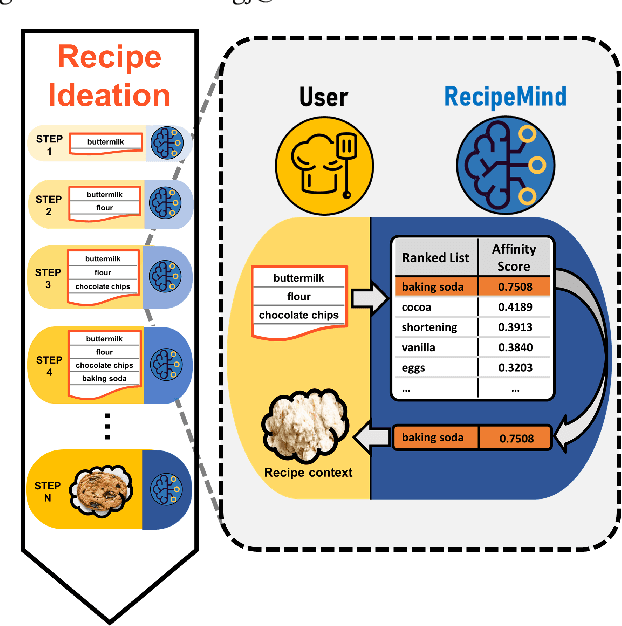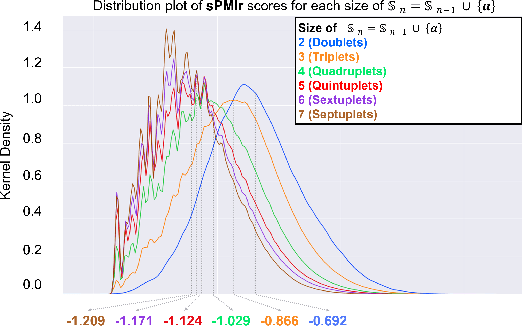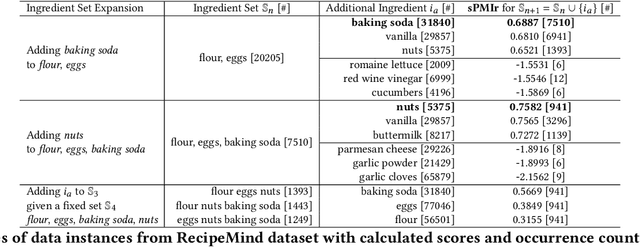Hajung Kim
KU AIGEN ICL EDI@BC8 Track 3: Advancing Phenotype Named Entity Recognition and Normalization for Dysmorphology Physical Examination Reports
Jan 16, 2025Abstract:The objective of BioCreative8 Track 3 is to extract phenotypic key medical findings embedded within EHR texts and subsequently normalize these findings to their Human Phenotype Ontology (HPO) terms. However, the presence of diverse surface forms in phenotypic findings makes it challenging to accurately normalize them to the correct HPO terms. To address this challenge, we explored various models for named entity recognition and implemented data augmentation techniques such as synonym marginalization to enhance the normalization step. Our pipeline resulted in an exact extraction and normalization F1 score 2.6\% higher than the mean score of all submissions received in response to the challenge. Furthermore, in terms of the normalization F1 score, our approach surpassed the average performance by 1.9\%. These findings contribute to the advancement of automated medical data extraction and normalization techniques, showcasing potential pathways for future research and application in the biomedical domain.
KU-DMIS-MSRA at RadSum23: Pre-trained Vision-Language Model for Radiology Report Summarization
Jul 10, 2023Abstract:In this paper, we introduce CheXOFA, a new pre-trained vision-language model (VLM) for the chest X-ray domain. Our model is initially pre-trained on various multimodal datasets within the general domain before being transferred to the chest X-ray domain. Following a prominent VLM, we unify various domain-specific tasks into a simple sequence-to-sequence schema. It enables the model to effectively learn the required knowledge and skills from limited resources in the domain. Demonstrating superior performance on the benchmark datasets provided by the BioNLP shared task, our model benefits from its training across multiple tasks and domains. With subtle techniques including ensemble and factual calibration, our system achieves first place on the RadSum23 leaderboard for the hidden test set.
KitchenScale: Learning to predict ingredient quantities from recipe contexts
Apr 21, 2023Abstract:Determining proper quantities for ingredients is an essential part of cooking practice from the perspective of enriching tastiness and promoting healthiness. We introduce KitchenScale, a fine-tuned Pre-trained Language Model (PLM) that predicts a target ingredient's quantity and measurement unit given its recipe context. To effectively train our KitchenScale model, we formulate an ingredient quantity prediction task that consists of three sub-tasks which are ingredient measurement type classification, unit classification, and quantity regression task. Furthermore, we utilized transfer learning of cooking knowledge from recipe texts to PLMs. We adopted the Discrete Latent Exponent (DExp) method to cope with high variance of numerical scales in recipe corpora. Experiments with our newly constructed dataset and recommendation examples demonstrate KitchenScale's understanding of various recipe contexts and generalizability in predicting ingredient quantities. We implemented a web application for KitchenScale to demonstrate its functionality in recommending ingredient quantities expressed in numerals (e.g., 2) with units (e.g., ounce).
* Expert Systems with Applications 2023, Demo: http://kitchenscale.korea.ac.kr/
RecipeMind: Guiding Ingredient Choices from Food Pairing to Recipe Completion using Cascaded Set Transformer
Oct 14, 2022



Abstract:We propose a computational approach for recipe ideation, a downstream task that helps users select and gather ingredients for creating dishes. To perform this task, we developed RecipeMind, a food affinity score prediction model that quantifies the suitability of adding an ingredient to set of other ingredients. We constructed a large-scale dataset containing ingredient co-occurrence based scores to train and evaluate RecipeMind on food affinity score prediction. Deployed in recipe ideation, RecipeMind helps the user expand an initial set of ingredients by suggesting additional ingredients. Experiments and qualitative analysis show RecipeMind's potential in fulfilling its assistive role in cuisine domain.
 Add to Chrome
Add to Chrome Add to Firefox
Add to Firefox Add to Edge
Add to Edge